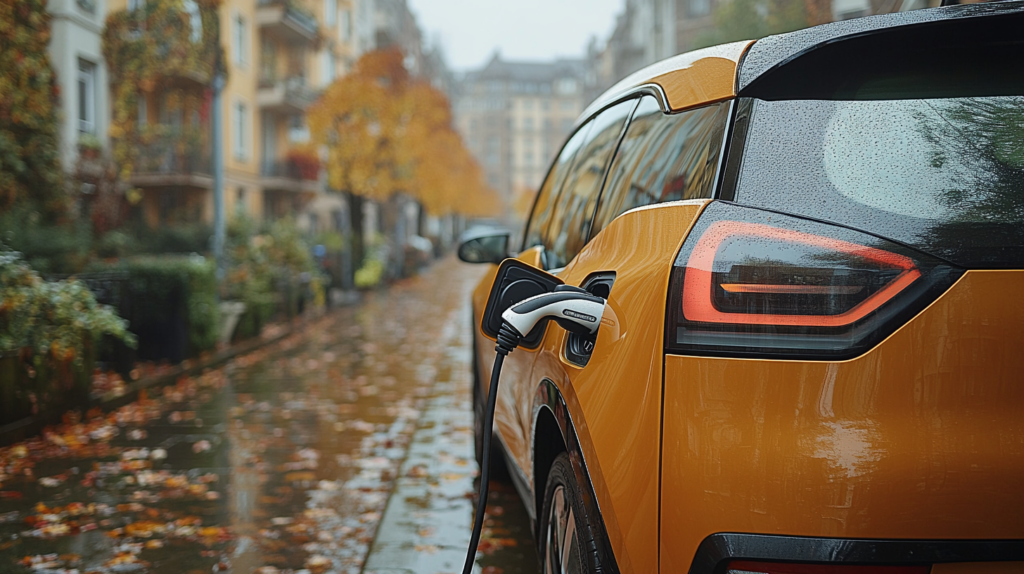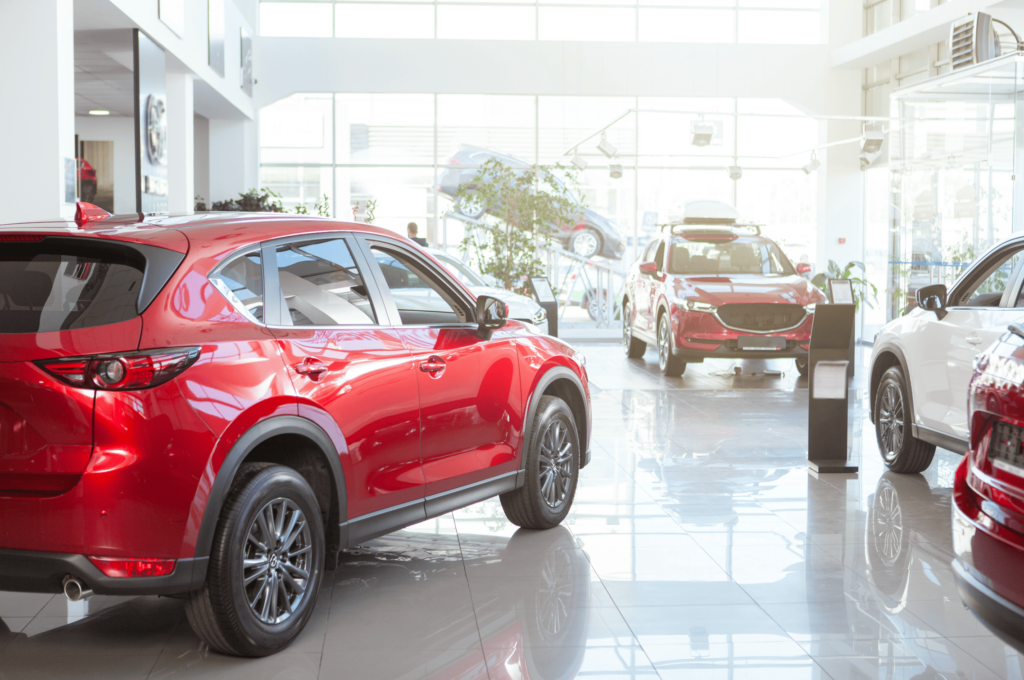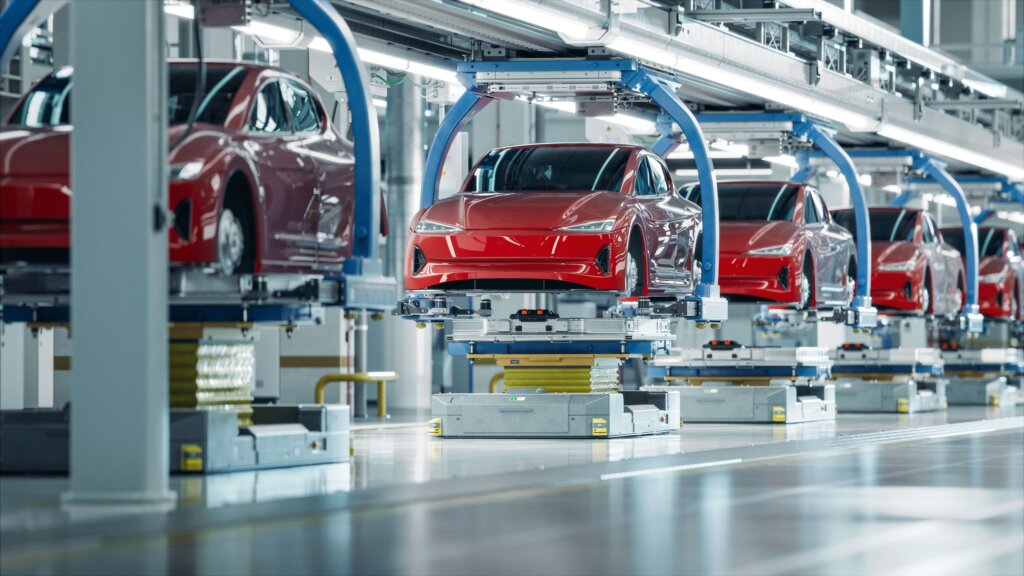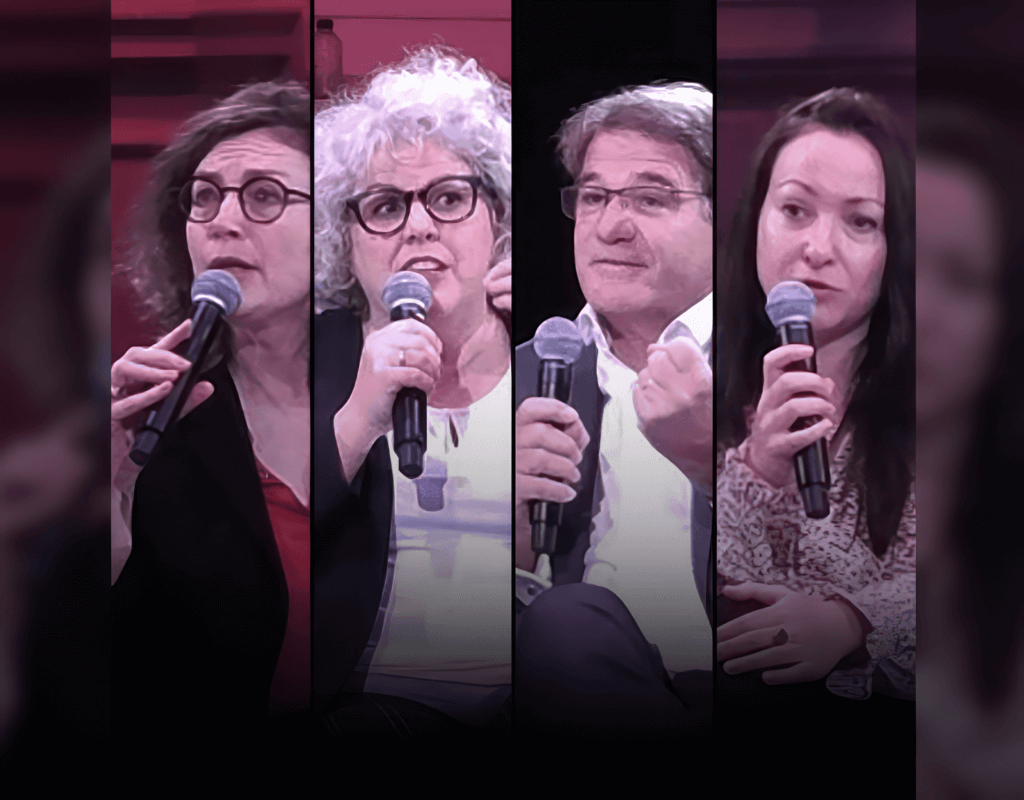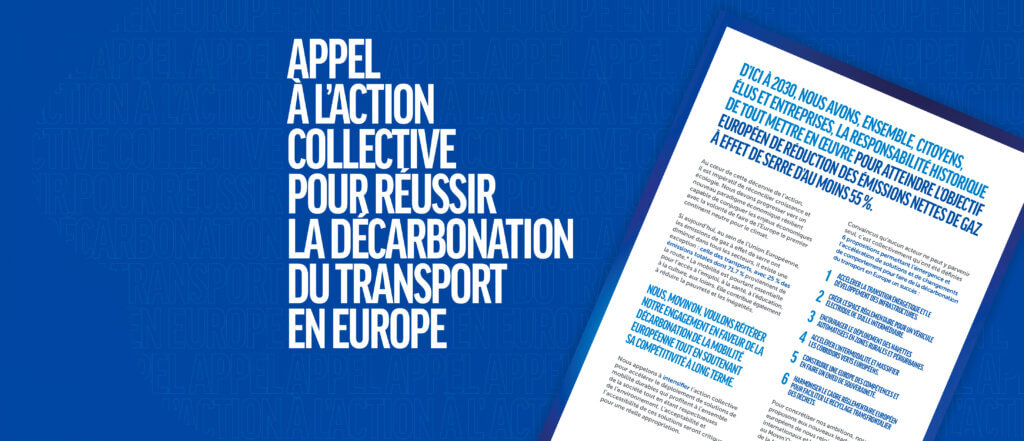How Many Charging Ports Could Fuel 42 Million EVs?
The U.S. National Renewable Energy Laboratory in Golden, Colorado has quantified the number, type, and location of the electric vehicle chargers needed across the United States to ensure convenient, reliable, and affordable charging for all Americans who drive electric cars and light-duty trucks. And that means charging millions of electric vehicles.
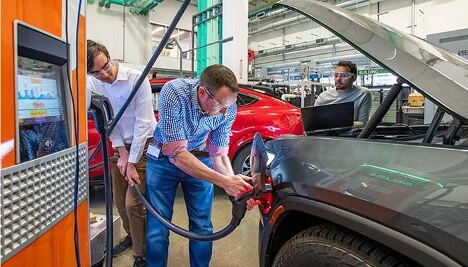
Across the world, the auto industry’s turn to electric vehicles is quickening. “The year 2026 has emerged as a tipping point for an acceleration in EV adoption that will drive automotive electrification trends ahead. By 2030 over one in four new passenger cars sold will be an electric vehicle,” predict analysts at S&P Global Mobility, which provides updates of electrified light vehicle sales volumes for 150+ countries by brand, model and fuel type.
“THE AUTOMOTIVE INDUSTRY IS IN THE MIDST OF A FUNDAMENTAL BUSINESS MODEL AND TECHNOLOGY TRANSFORMATION – ARGUABLY THE BIGGEST REVOLUTION SINCE MASS PRODUCTION. EVERYTHING WE KNOW ABOUT OUR INDUSTRY MUST BE CHALLENGED AND UNLEARNED. THIS NEXT CHAPTER REQUIRES NEW QUESTIONS, SOLUTIONS, AND INSIGHTS TO FIRST SURVIVE, THEN WIN.”
– Edouard Tavernier, President, S&P Global Mobility
Looking ahead to that next chapter in the United States, the National Renewable Energy Laboratory (NREL) in Golden, Colorado has quantified the estimated number, type, and location of the EV chargers needed nationwide to ensure convenient, reliable, and affordable charging for all Americans who drive electric cars and light-duty trucks.
And that means charging millions of electric vehicles.
At the end of 2022, there were only 111,885 electric vehicles on American roads, according to S&P Global Mobility, not millions, but second only to China with its 716,365 EVs rolling at that time.
But electric vehicle demand volume is up 38 percent year over year in the United States, an interactive map at S&P Global Mobility shows, suggesting a big increase in EV sales over the next few years, once the current United Auto Workers strike is settled.
And NREL analysts forecast that by 2030, “EVs could account for 30 to 42 million light-duty vehicles” on American roads.
Released in June, NREL’s 2030 National Charging Network study leverages cutting-edge analytical tools and advanced computing capabilities to account for the many ways Americans journey by car: commuting, shopping, running errands, taking road trips, hailing rides, and so forth.
With a never-before-seen level of detail, the charging study accounts for the effects of city-to-city differences in climate, travel patterns, housing, and charging preferences on EV charging infrastructure needs.
NREL Answers the Question
The NREL study finds that the United States is on track to install a network of 1.2 million public chargers by 2030, keeping up with rapidly growing demand for EVs. Each charging station could offer multiple ports, of course.
Considering how many EV chargers are needed nationwide, the study estimates that a national network composed of 26 to 35 million ports could support 30 to 42 million electric vehicles.
The 1.2 million public chargers would not all be of the same kind.
Some 26.8 million Level 1 and Level 2 charging ports would be in privately accessible locations such as single-family homes, multifamily properties, and workplaces.
About one million are expected to be Level 2 charging from a 220-volt outlet, the kind that heavy-duty appliances like washers use, or 220v hardwired equipment. In this scenario planned for high-density neighborhoods, office buildings, and retail outlets, an electric car or light truck can charge from empty in between four and 10 hours.
The remaining nearly 182,000 charging ports will be Level 3 chargers, DC fast chargers, placed along highways and in communities that can charge an EV from empty in as little as 20 minutes. These public charging stations are more expensive to use, but they are great for time-stressed travelers or urban drivers who can’t easily refuel at home.
Charging Standards Move Toward Unity
The Level 3 fast chargers will be installed under the new National Electric Vehicle Infrastructure program (NEVI), a $5 billion initiative to create a national network of high-speed chargers along major highways and interstates. All 50 states, Washington DC, and Puerto Rico are participating in the NEVI program.
As part of this work, the Society of Automotive Engineers will standardize the Tesla-developed North American Charging Standard (NACS) connector. This will ensure that any supplier or manufacturer will be able to use, manufacture, or deploy the NACS connector on electric vehicles and at charging stations across North America.
By contrast, the majority of EV automakers use the Combined Charging System standard, known as CCS1 in North America and CCS2 in Europe, for DC fast charging.
But Tesla has expanded its NACS charging network rapidly and now operates about 60 percent of all direct-current fast chargers in the United States, making Tesla the biggest EV charging company in the country.
In addition, Ford, General Motors, Rivian, and a number of EV charging companies have announced plans to adopt the NACS connector through adaptors or future product offerings.
Beginning in 2025, Honda will incorporate the North American Charging Standard into its new EV models. Earlier this year, the charging equipment manufacturer EVgo announced it, too, will add NACS connectors to its fast chargers across the country.
The new Society of Automotive Engineers NACS connector standard will be developed on an expedited timeframe and is one of several key initiatives to strengthen the North American EV charging infrastructure. This includes SAE-ITC’s Public Key Infrastructure for cyber-secure charging. In close cooperation with National Labs, SAE also is contributing to reliability design for the national ChargeX consortium.
The Joint Office of Energy and Transportation has funded a team from three national laboratories to lead the ChargeX Consortium. Argonne National Laboratory, Idaho National Laboratory, and the National Renewable Energy Laboratory will collaborate with organizations representing a cross-section of the electric vehicle industry to address three EV charging challenges: payment processing and user interface, vehicle-charger communication, and diagnostic data sharing.
Charging Is as Funding Does
The NREL study estimates that building out this public charging network will require between $31 and $55 billion of cumulative public and private capital investment.
On the other hand, the study finds that this enormous build-out will help unlock hundreds of billions of dollars of consumer savings from reduced fuel and maintenance costs.
The White House estimates that the first two years of funding alone will electrify over 75,000 miles of the 160,000-mile (260,000 km) National Highway System.
Nearly $24 billion has already been committed for public charging infrastructure through 2030 – a combination of funding from President Joe Biden’s Investing in America agenda, rising demand for electric vehicles, and investment from private firms, the public sector, and electric utilities, according to the NREL study.
President Biden’s Bipartisan Infrastructure Law invests $7.5 billion in EV charging, $10 billion in clean transportation, and over $7 billion in EV battery components, critical minerals, and materials.
The NREL study was created in collaboration with the Joint Office of Energy and Transportation and the U.S. Department of Energy’s Vehicle Technologies Office. In turn, it will support the Joint Office’s work to deploy a network of EV chargers, zero-emission fueling infrastructure, and zero-emission transit and school buses nationwide.
“THE 2030 NATIONAL CHARGING NETWORK STUDY TIES TOGETHER TWO OF THE ADMINISTRATION’S PRIORITIES: BUILDING A NATIONAL EV CHARGING NETWORK AND WORKING TOWARD THE 2030 GOAL FOR THE MAJORITY OF ALL NEW CAR SALES TO BE BATTERY-ELECTRIC VEHICLES. IT’S A FRAMWORK FOR WHAT IS NEEDED NATIONALL, IN TERMS OF THE TYPES OF CHARGING REQUIRED, THEIR NUMBER, AND WHERE THOSE CHARGERS SHOULD GO.”
– Gabe Klein, Executive Director, Joint Office of Energy and Transportation, U.S. Dept. of Energy
As the Joint Office works with all 50 states, Washington, D.C., and Puerto Rico to develop state- and community-level plans for EV charging infrastructure, the study’s findings will fuel the office’s vision of building a future where “everyone can ride and drive electric.”
Toute l’actualité de Movin’On
dans votre boîte mail
Auteur
Partager
Tweets de @movinonconnect
Movin'On 2035 TODAY EP02 - Circular Economy & Competitivity
Movin’On 2035 TODAY EP01 – Fair Mobility for All https://x.com/i/broadcasts/1yNxagBrWZbGj
✨ THAT'S A WRAP!
Movin'On Summit 2024 has just concluded in Brussels!
More than 350 leaders and experts in sustainable mobility gathered to exchange ideas, collaborate, and share their vision for desirable and decarbonised mobility in Europe. Together, we explored ways to build…
🔴 Live from #MovinOnSummit2024
@AshaSumputh has just invited Denis Machuel, CEO at @AdeccoGroup and Florent Menegaux, President of the @Michelin Group & President of Movin'On
L’actualité de la mobilité durable
Découvrez les dernières tendances, des analyses thématiques et nos prochains rendez-vous

